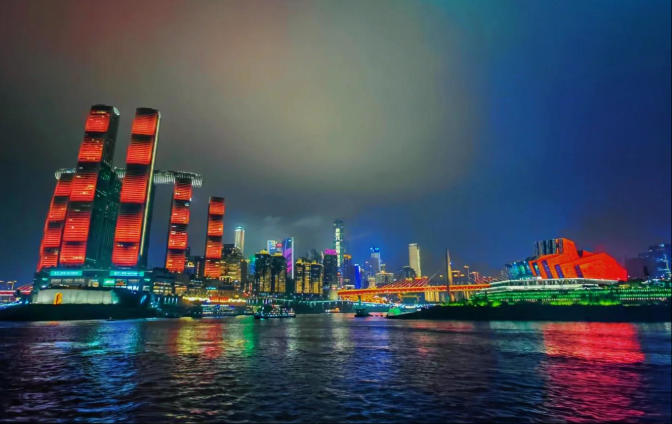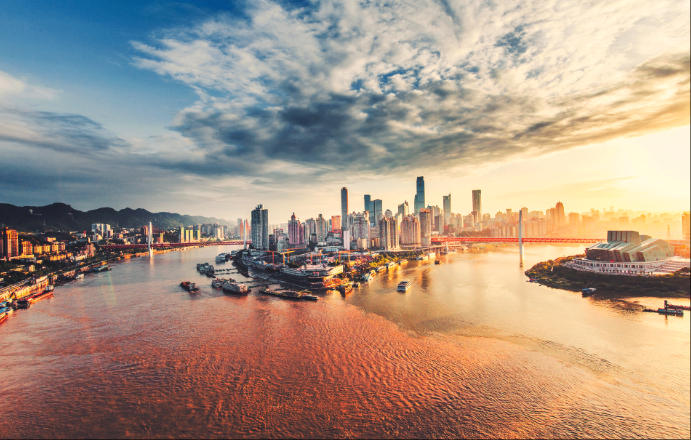Best Time to Visit Chongqing
The optimal time to visit Chongqing is typically during spring (March-May) and autumn (September-November), when the weather is mild and ideal for outdoor activities. Below is a detailed seasonal breakdown:

🌸 Spring (March-May)
- Recommended months: April-May
- Temperature: 15–25°C (59–77°F), with occasional rain.
- Highlights:
- Blooming flowers at Nanshan Botanical Garden and golden rapeseed fields in Tongnan.
- Fewer tourists and affordable hotel rates.
- Tips: Carry an umbrella and light layers for temperature changes.
☀️ Summer (June-August)
- Climate: Hot and humid, averaging 35°C (95°F+) with extremes over 40°C (104°F).
- Best for:
- Experiencing Chongqing’s “furnace” vibe and vibrant nightlife.
- Iconic spots: Hongya Cave night views, Yangtze River Cable Car, and bomb-shelter hotpot.
- Tips: Avoid midday sun, stay hydrated, and prioritize indoor attractions.
🍂 Autumn (September-November)
- Recommended months: September-October
- Temperature: 20–28°C (68–82°F), with clear skies and minimal rain.
- Highlights:
- Autumn foliage in Wushan Mountains and hillside trails.
- Peak season for fiery Chongqing hotpot.
- Tips: Avoid crowds during National Day (Oct 1–7) by traveling off-peak.
❄️ Winter (December-February)
- Climate: Chilly and damp, averaging 5–10°C (41–50°F), with frequent fog.
- Best for:
- Soaking in hot springs (Beibei or Tongjing Hot Spring Resorts).
- Misty cityscapes and night views of Liziba’s train-through-building or Chaotianmen Port.
- Tips: Pack warm clothes and tread carefully on slippery surfaces.
📍 Summary & Tips
- Top picks: April-May (late spring) or September-October (early autumn) for perfect weather.
- Alternatives:
- Summer for a fiery urban adventure (if you tolerate heat).
- Winter for quiet getaways or hot spring enthusiasts.
- Avoid: Extreme heat in July-August and holiday crowds.
Chongqing charms visitors year-round. Pack light, check the weather, and dive into this 8D magical city! 🌆
This translation maintains the original structure and key details while adapting idioms and cultural references (e.g., “8D魔幻之城” becomes “8D magical city”) for clarity in English.
